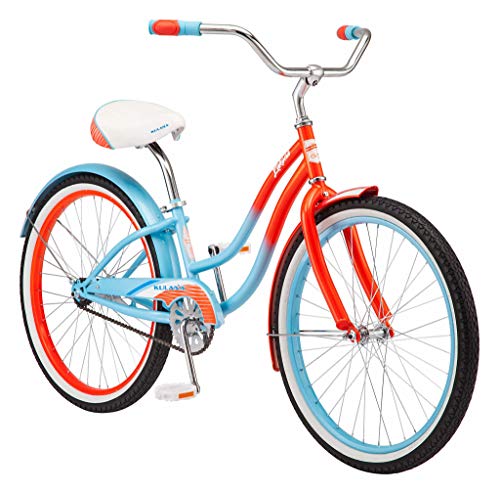Reading that cottered cranks can be hard to get off. Was going to lube bottom bracket on my '70 Raleigh Sports.
Only because I don't know when or if ever the previous owner or owners ever did.
It pedals smoothly and no noise. Should I leave or attempt it?
Thanks.

Only because I don't know when or if ever the previous owner or owners ever did.
It pedals smoothly and no noise. Should I leave or attempt it?
Thanks.


































































